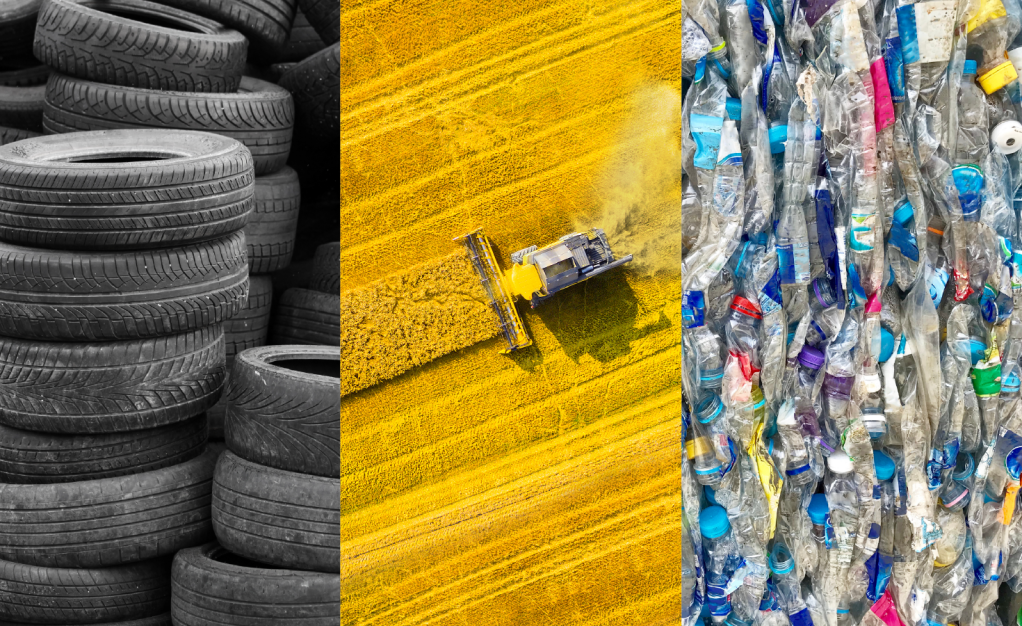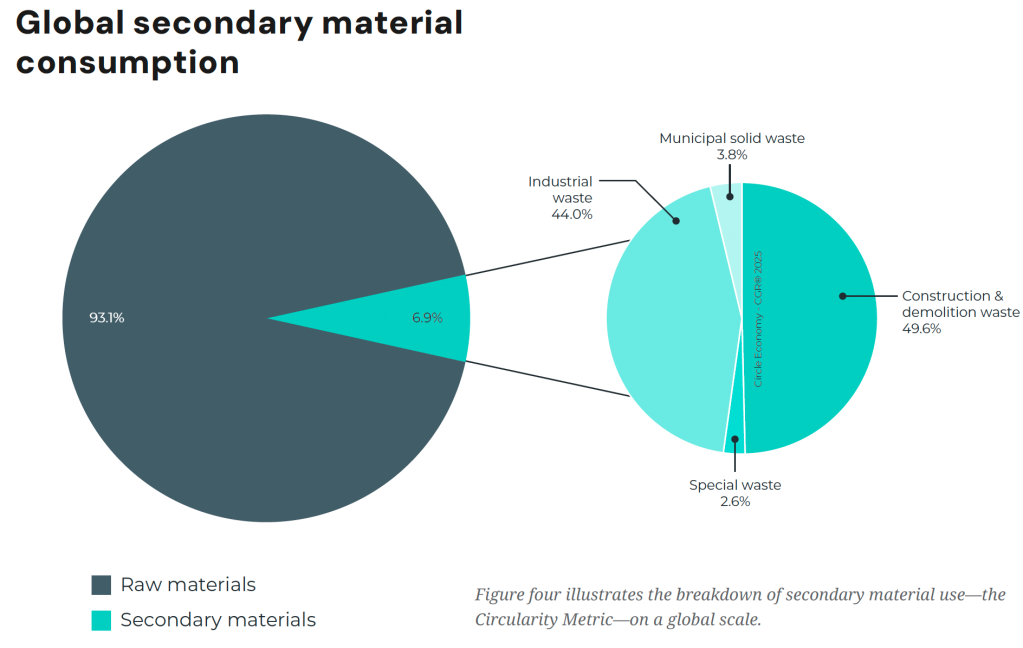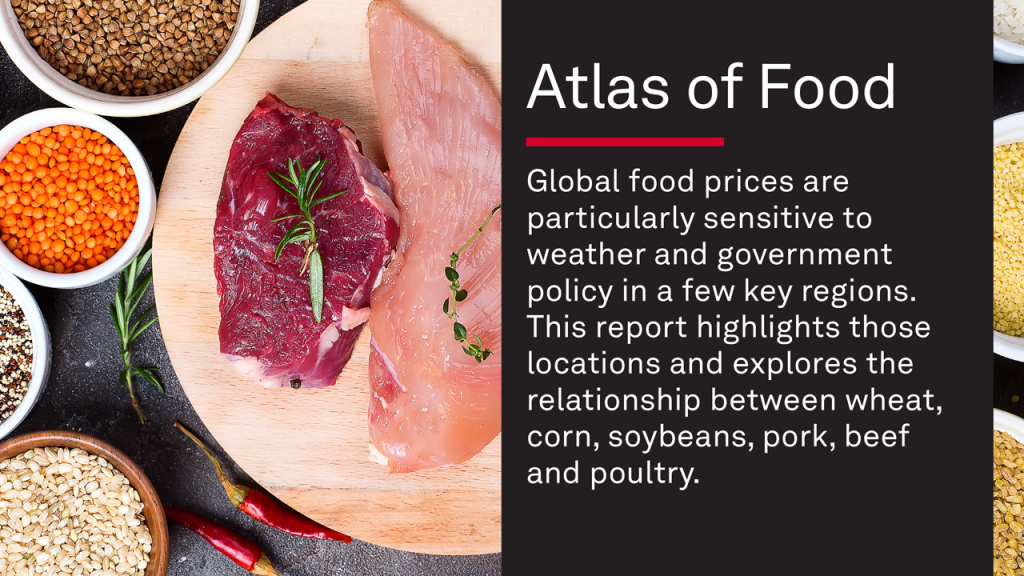The world is becoming less circular. Here’s how to reverse that
Businesses must adopt circular design, extend product lifespans and collaborate to reduce waste and dependence on raw materials, according to the 2025 Circularity Gap Report. Read More

- The share of secondary materials in the economy has dropped from 7.2 to 6.9 percent in two years.
-
Increased consumption of virgin resources is outpacing gains in recycling and reuse.
- Broader shifts in infrastructure, design and resource use are essential for lasting impact, according to the report authors.
Global economies are becoming less circular despite the increased use of recycled and other non-virgin materials, according to the 2025 Circularity Gap Report. It found a worldwide rate of 6.9 percent circularity, a drop from 7.2 percent two years earlier.
The Amsterdam consultancy Circular Economy and London-based Deloitte Global released the report May 13 at the World Circular Economy Forum in São Paulo.
The circularity metric represents the proportion of materials flowing through the global economy that are secondary — i.e., reused, resold or repaired — rather than new.
More materials recovered from waste are substituting for virgin sources in products, the report authors found. But mining, logging, farming and other activities are seizing ever more raw materials from nature.
Turning the tide
In the past half century, the total number of resources people extract from nature has tripled. By 2060, the report projected, that will jump by 60 percent more.
Even if that didn’t change, however, the report’s authors believe that the global circularity metric could soar to 25 percent if everything that could be recycled was, in fact, recycled.
Of course, that’s no simple tweak.
“By rethinking product design, investing in new business models and developing new capabilities, the private sector can accelerate the transition towards a circular economy,” said Ingka Group IKEA’s global circular strategy leader, Hege Saebjørnsen, in a report statement.

The role for companies
The report authors urged businesses to adopt circularity frameworks, transition to circular economy models and collaborate across their value chains to innovate and optimize resources. They also voiced a call to action for organizations to:
- Stop virgin materials use from outpacing secondary materials use by promoting circular design ideas, making products last longer and establishing recycled materials as the standard.
- Slow harms to species, soil, air and water caused by the rising consumption of biomass by practicing regeneration while harvesting natural resources for food and fuel, returning nutrients to nature and employing low-emissions practices.
- Maximize the nearly two-fifths of global materials annually stored as”stock” in buildings, infrastructure and equipment by whenever possible reusing, refurbishing and renovating instead of building new, and recovering more materials during building and demolition.
- Curb the growing use of fossil fuels, which feed 78 percent of climate emissions, through the use of alternative renewable energy sources and enhanced technologies that reduce the need for virgin materials.
- Counter the more than one-fifth of recyclable materials that are wasted by managing materials wisely across supply chains, designing goods for circularity and supporting waste management infrastructure.
A protocol on the horizon
The Science-Based Targets initiative’s net zero standards have become de rigueur for corporate sustainability work. However, global standards for materials circularity have been lacking. That may change, the authors noted, as the Global Circularity Protocol emerges.
“Circular solutions are the only way for businesses to meet both their growth ambitions and global sustainability targets,” said Quentin Drewell, senior director of circular products and materials at the World Business Council for Sustainable Development. The Geneva organization has been instrumental in developing the circularity protocol, which is likely to become integrated into future corporate sustainability reports.
The report aligns with the protocol, Drewell added, and it “plays a crucial role in guiding business leaders toward measurable and transformative actions to ensure businesses can generate long-term value and build up resilience.”
[Join more than 5,000 professionals at Trellis Impact 25 — the center of gravity for doers and leaders focused on action and results, Oct. 28-30, San Jose.]
















